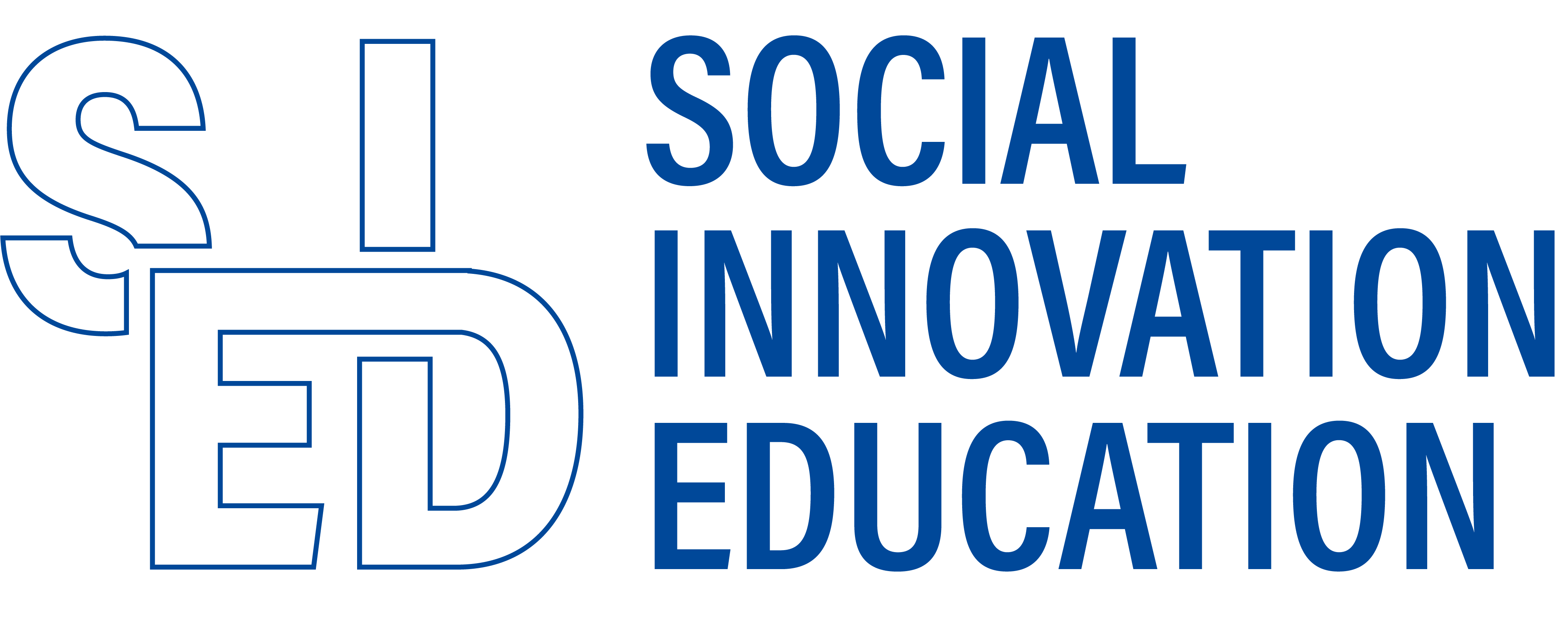Bonus material
-
Mapping Innovations
Access to the visual map and database of European social innovations. http://sied.uni-trier.de/
-
Case Studies
Access to our topical archive of case studies of European social innovations.
-
Action Learning
Think of a social challenge you want to solve and join us on a journey from conception to prototyping.



